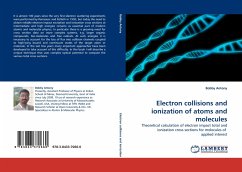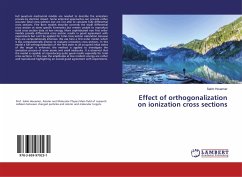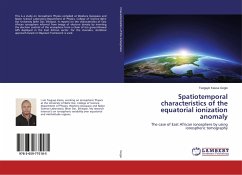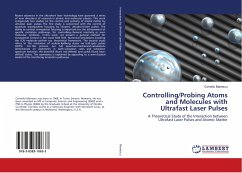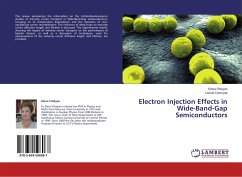It is almost 100 years since the very first electron scattering experiments were performed by Ramsauer and Kollath in 1930, but today the need to obtain reliable electron impact excitation and ionization cross sections at intermediate and high energies remains as essential part of modern atomic and molecular physics. In particular there is a growing need for cross section data on more complex systems, e.g. larger organic compounds, bio-molecules and free radicals. At such energies it is necessary to account for the loss of flux into collision channels coupled to high-lying bound and continuum states of the target atom or molecule. In the last few years many important approaches have been developed to take account of this difficulty. In this book I will describe a unique technique that uses complex optical potential to compute the various total cross sections.
Bitte wählen Sie Ihr Anliegen aus.
Rechnungen
Retourenschein anfordern
Bestellstatus
Storno

